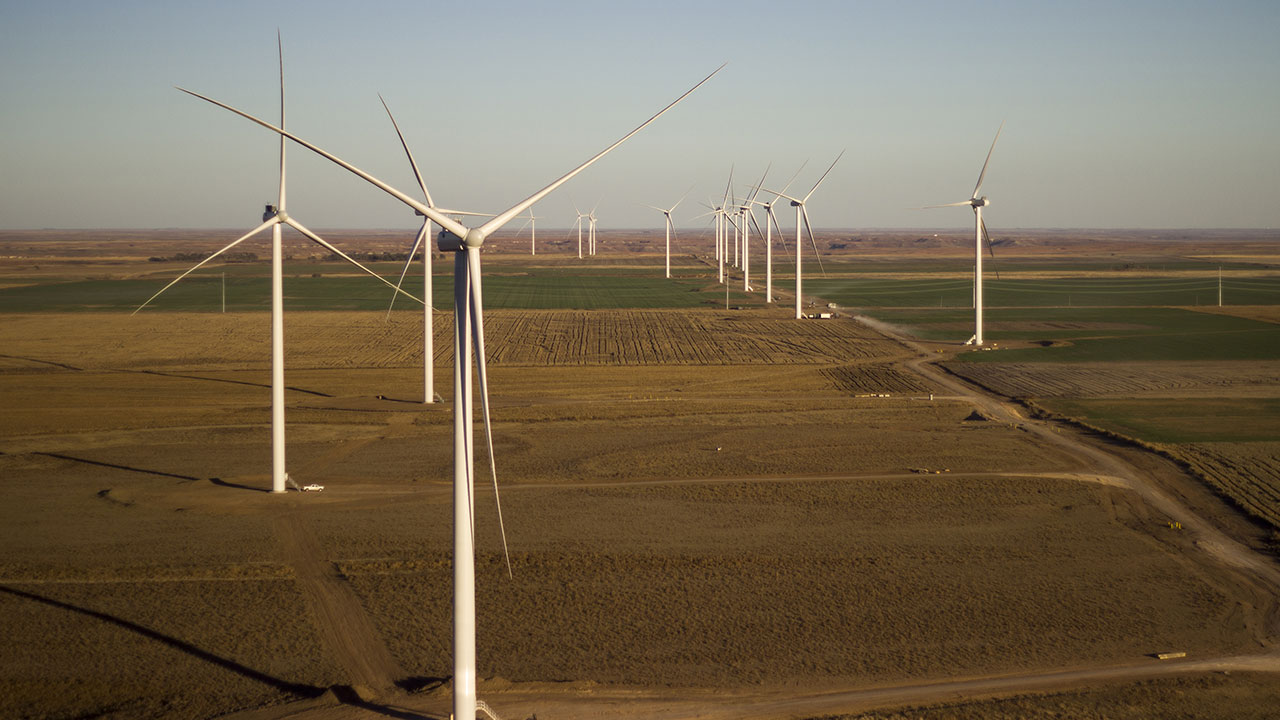News
Wind energy will become even more reliable with technology developments

24 September 2021
On 8-10 September over 300 people gathered online at WindEurope’s annual Technology Workshop. The workshop focused on the analysis of operating wind farms and resource assessment. Artificial intelligence, digitalisation and wind power forecasting were discussed too.
It is essential the wind industry gets our technology right to help the EU reach its climate and energy targets. The EU wants wind to be 50% of Europe’s electricity by 2050. That means 1,300 GW of wind capacity in the EU by 2050. And already 460 GW by 2030. This means building 30 GW of new wind farms every year this decade. This will be a huge challenge.
Resource assessment will be crucial as we need all the new sites we can find. And efficiency is key too – all of our existing wind farms and those that still need to be built need to perform optimally. Good analysis of operating assets is essential for this. To do both, the industry needs to successfully retrieve and make use of the right data.
Weather forecasting will also play an increasingly important role. Weather patterns are changing due to climate change. Future models need to keep this in mind to optimise wind energy yields.
Wind turbines can become even more reliable by other technological developments. Digitalisation will increase operational efficiency, decision making and cost efficiency.
And more fluid data exchange between turbine manufacturers and wind farm owners can contribute greatly to improving existing technology as shortcomings in existing technology can be shared amongst industry players. This could speed up innovation. Standardisation of products can facilitate quick improvements too.
A good example of data exchange in the industry is the “Comparison of Resource and Energy Yield Assessment Procedures” (CREYAP). In the last step of this project researchers from the Danish Technical University analysed the performance of Ørsted’s Walney Extension offshore wind farm in the UK by comparing the real energy generation with the predicted one. The project is supported by various actors from the supply chain.
WindEurope CEO Giles Dickson stated: “The EU has set a huge challenge for the wind industry: to grow from 180 GW today to 1,300 GW in 2050. Getting the technology right will be central to meeting it. We’re going to need to make the most of the all the best available wind sites. Resource assessment will key. And we’re going to need to get every last MWh of efficiency out of our existing wind farms and all the new ones we build. So performance monitoring of wind farms will be key as well. And harnessing the power of data will be central to both resource assessment and performance monitoring.”

